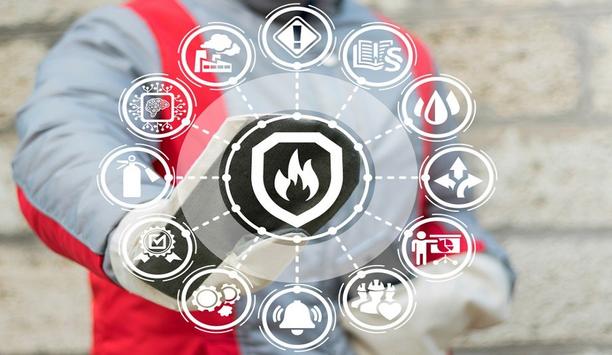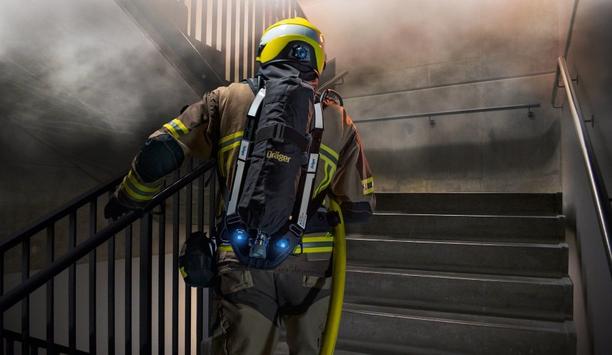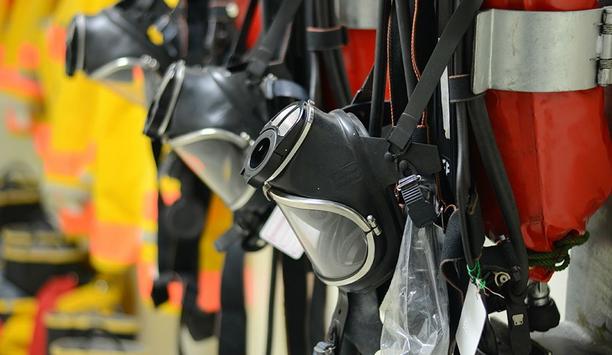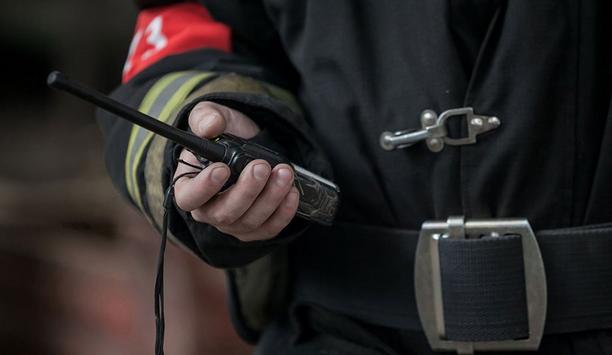In my latest article for TheBigRedGuide.com, I gave a detailed explanation of the differences between British and European fire safety standards. To help shed some light on this complex world, our team of fire safety experts concisely defined the Euroclass and UK standards, and explained how they differ.
This article will aim to go one step further and demonstrate what architects, specifiers, and other industry professionals should be looking for when they’re selecting materials and products for a project. While each build is unique, several key factors should always be considered by those responsible for the specification of materials. Keep reading for four factors to consider.
Thermal barrier usefulness
This is the most important point. It’s crucial that what is specified for the final project is identical to the configuration that was tested. If it’s not, delve deeper and search for comparative data between two or three possibilities. The Field of Application in the Classification Report may cover the configuration, but that should be based on test evidence.
Glassfibre insulation is Euroclass A, but it melts in a fire, completely negating its thermal barrier usefulness
It should be emphasized that Euroclass B isn’t inherently worse than A, nor is Euroclass A necessarily better – it depends on the application. Glassfibre insulation is Euroclass A, but it melts in a fire, completely negating its thermal barrier usefulness. Equally, combustible material such as wood cannot attain A, as it will eventually burn due to its chemical make-up. This doesn’t make it any less attractive, or useful. As a building material - if correctly specified and fire protected – it is an entirely appropriate selection. The correct rating for each build is dependent on several factors unique to each project.
Active fire protection
These include, but are not limited to:
- The actual application requirements. This involves considering important aspects including the height of the building, and what its intended purpose will be. For example, a residential property will be in use 24 hours a day including overnight, and this will create different safety requirements compared to buildings such as offices which are usually only in use during daylight hours.
- Fire contribution to a system. Assessing how a material contributes to the overall fire risk the proposed system carries, and what measures have been taken to protect the structure in the event of a fire. This includes both passive and active fire protection measures.
- Consideration of engineering implications of each available product. This requires a careful analysis of how each potential material choice differs. For example, one product may be heavier or much harder to install than another which will impact how fit-for-purpose it really is for the project in question.
- How products react when they’re exposed to external weather conditions should always be carefully assessed. Some materials degrade as a direct result of exposure to the elements. Over time this will negatively impact the building, and in some cases make it far less safe and secure as the building ages.
Better-Informed decision
Go beyond product classification reports and hunt for test reports on proposed systems
Be wary of claims about individual products. These can become null and void when they are incorporated into a larger system, as the overall fire rating will almost certainly change. This could result in the whole being significantly less than the sum of its parts, completely jeopardizing the safety of the end-users or occupants.
Before you commit to a product, make sure you’re well versed in what you’re working with. Go beyond product classification reports and hunt for test reports on proposed systems. This will help you make a conclusive, better-informed decision. However, be warned, this information is notoriously hard to come by, so persistence is key. Make sure only to specify products that have been accredited by a third-party lab.
Fire protection treatment
Although it’s still legal for companies to self-certify materials, the practice allows for sub-standard products to become readily available on the market. Along with a third-party accredited test certificate, request CE documentation to ensure the product in question is still CE rated after its fire protection treatment. Some treatments will invalidate the CE mark on the non-treated product.
The practice allows for sub-standard products to become readily available on the market
There’s no denying that current safety standards are wildly complex and, even for the most experienced specifier, can take time to get your head around. Under time pressure, you need peace of mind, so it would be worth involving certified fire safety consultants from the outset. They will ensure you’re specifying certified, fit-for-purpose materials, prioritizing the build’s safety and offering clarity.
Robust fire safety
A collective concerted effort to thoroughly understand and select products that are tried and tested to create robust builds can only ever be a positive step. Combine this with the Government’s new building safety bill due to come into effect in August (2021), and the fact that many more companies are investing heavily into R&D to produce new materials with safety at the forefront, means the future is looking bright for construction, with robust fire safety baked into a building’s DNA as standard.
Developing more state-of-the-art technology and facilities, and sourcing highly-skilled, knowledgeable professionals to ensure all bases have been fully covered, will achieve better fire-rated products and systems across the board. This is key to achieving the outcome we are all chasing - safer material choices that work as a system and deliver excellent fire protection.

















